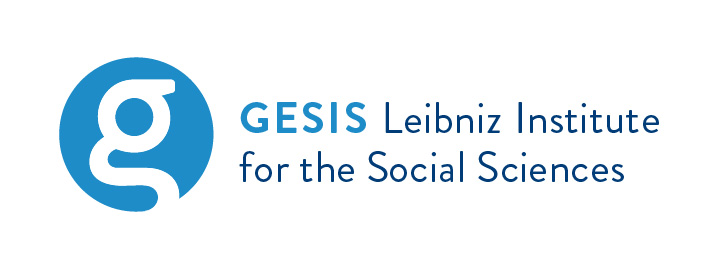Do Phantom Questions Measure Social Desirability?
Abstract
Social desirability is a major problem in survey research. One way of handling the problem is to measure social desirability and to incorporate it into the statistical analysis. There are different techniques of measuring social desirability. We investigate and compare the performance of the well-known Crowne-Marlowe scale with the less common use of phantom questions. Up to now, there is only one study, which tests the comparative performance of both instruments (Randall & Fernandes 1991). In this paper we replicate the test and introduce a few innovations. In difference to the former study, we compare two short versions of the Crowne-Marlowe scale, the 10-items version as suggested by Clancy and Gove (1974) and a 10-items version suggested by Stocké (2014). First, we test both scales with respect to their internal consistency. Second, we investigate which of the two versions has the strongest impact on different sensitive behaviors (alcohol consumption, shoplifting, law compliance, and reported life satisfaction). Third, we construct 20 phantom questions, 10 with fictitious answering categories that can hardly be confused with existing things, and 10 where the fictitious categories resemble existing persons or sites. We then investigate whether the phantom questions pick up social desirability better than the Crowne-Marlowe scale. The study was conducted online with 365 student subjects. Our results indicate that the short version of the Crowne-Marlowe scale suggested by Clancy and Gove (1974) performs best. But none of our phantom questions or any combination of them is able to pick up social desirability. Instead over-claiming is associated with a lack of knowledge.
Keywords
social desirability, phantom questions, overclaiming, sensitive behavior, Crowne-Marlowe Scale
Full Text:
PDFDOI: https://doi.org/10.12758/mda.2019.01
Refbacks
- There are currently no refbacks.
Copyright (c) 2019 Axel Franzen, Sebastian Mader

This work is licensed under a Creative Commons Attribution 4.0 International License.

